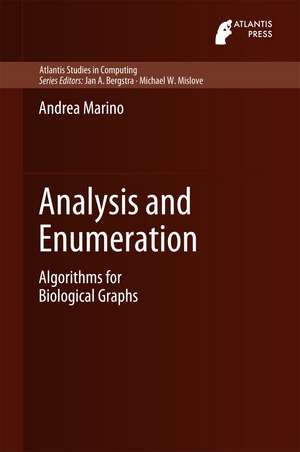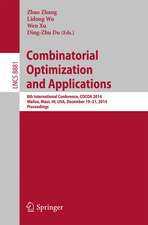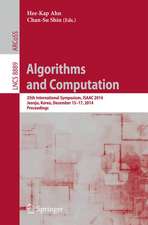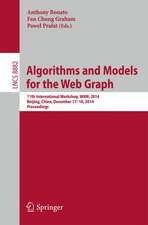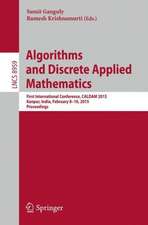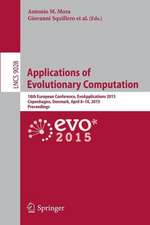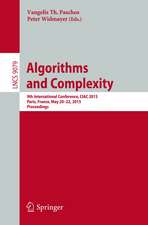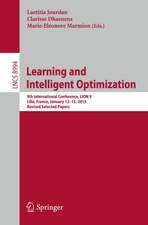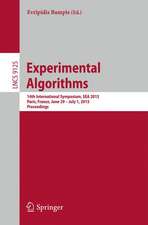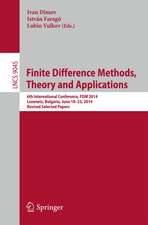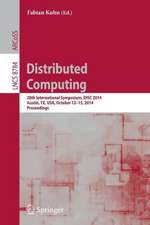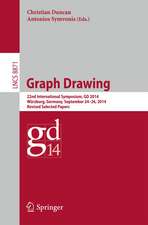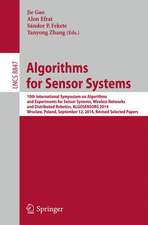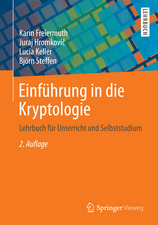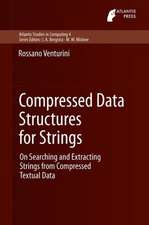Analysis and Enumeration: Algorithms for Biological Graphs: Atlantis Studies in Computing, cartea 6
Autor Andrea Marinoen Limba Engleză Hardback – apr 2015
Preț: 531.62 lei
Preț vechi: 664.51 lei
-20% Nou
Puncte Express: 797
Preț estimativ în valută:
101.73€ • 106.97$ • 84.05£
101.73€ • 106.97$ • 84.05£
Carte tipărită la comandă
Livrare economică 16-30 aprilie
Preluare comenzi: 021 569.72.76
Specificații
ISBN-13: 9789462390966
ISBN-10: 9462390967
Pagini: 200
Ilustrații: XVII, 151 p. 39 illus.
Dimensiuni: 155 x 235 x 17 mm
Greutate: 0.42 kg
Ediția:2015
Editura: ATLANTIS PRESS
Colecția Atlantis Press
Seria Atlantis Studies in Computing
Locul publicării:Paris, Netherlands
ISBN-10: 9462390967
Pagini: 200
Ilustrații: XVII, 151 p. 39 illus.
Dimensiuni: 155 x 235 x 17 mm
Greutate: 0.42 kg
Ediția:2015
Editura: ATLANTIS PRESS
Colecția Atlantis Press
Seria Atlantis Studies in Computing
Locul publicării:Paris, Netherlands
Public țintă
ResearchCuprins
Introduction.- Enumeration Algorithms.- An Application: Biological Graph Analysis.- Telling Stories: Enumerating maximal directed acyclic graphs with constrained set of sources and targets.- Enumerating bubbles: listing pairs of vertex disjoint paths.- Enumerating Cycles and (s,t)-Paths in Undirected Graphs.- Enumerating Diametral and Radial vertices and computing Diameter and Radius of a graph.- Conclusions.
Recenzii
“This book is the publication of author's Ph.D. dissertation [Algorithms for biological graphs: analysis and enumeration, Univ. Florence, 2013] and is supported by the Italian Chapter of the EATCS. Only two dissertations a year might get this recognition so, as one expects, this is a high level text. … The book itself is nice to read and has an excellent bibliography.” (András Sándor Pluhár, Mathematical Reviews, April, 2017)
Caracteristici
Provides the reader with a systematic description of the main techniques to design enumeration algorithms Fills a gap in the existing literature on enumeration algorithms in general and on biological enumeration algorithms especially Gives the reader a detailed insight in four new examples of enumeration algorithms Includes supplementary material: sn.pub/extras
